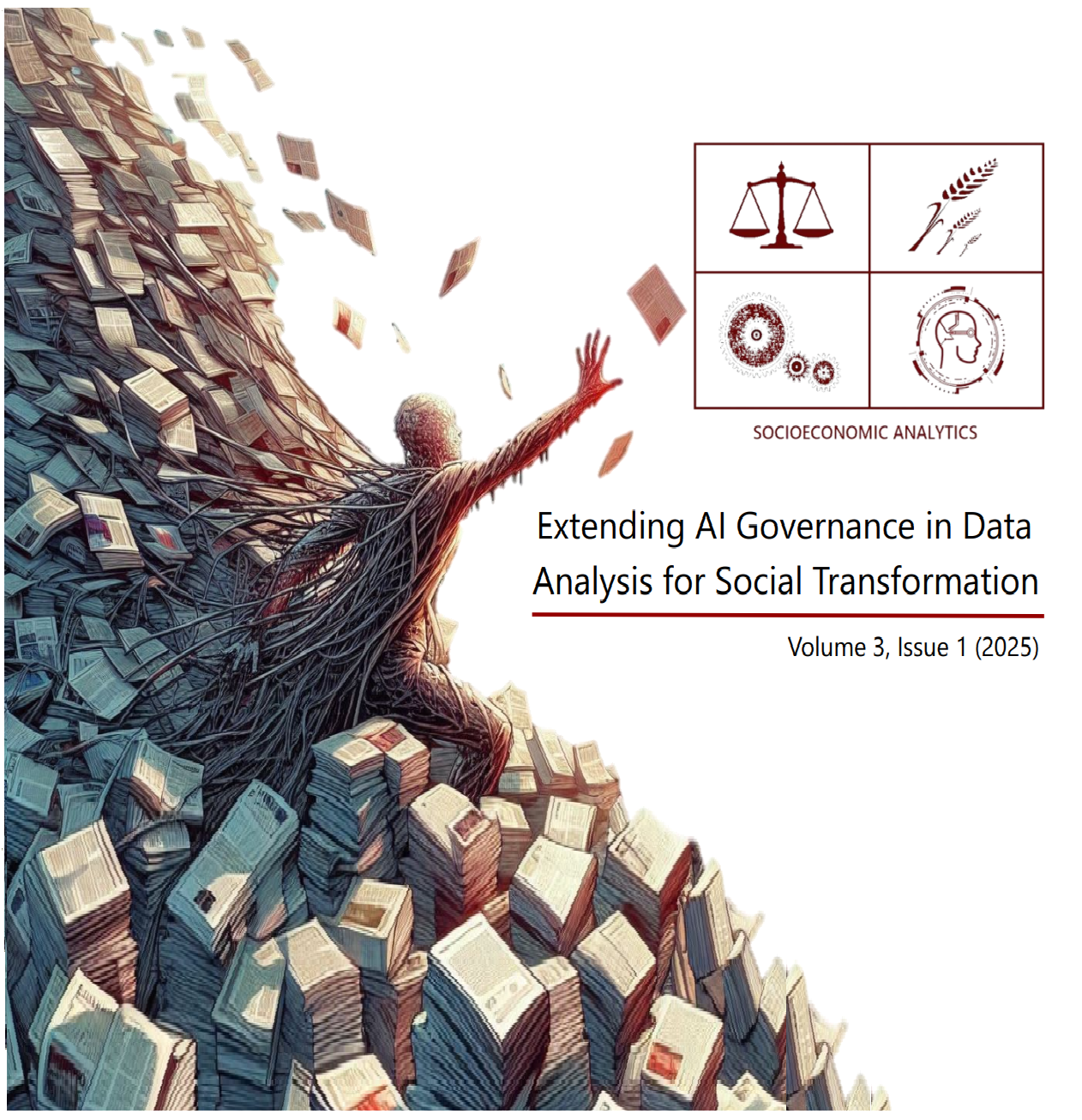Statistical Analysis of Local Education Agency Funding and Demographics in the Finger Lakes Region, New York
DOI:
https://doi.org/10.29327/2565368.3.1-4Keywords:
local education agency, race, New York, Finger Lakes Region, demographics, multiple linear regression, ordinary least sqaures, revenue, education funding, statistical modelingAbstract
Local education agencies (LEAs) nationally face revenue disparities, greatly impacting minorities and socioeconomic groups. These disparities can negatively affect student achievement and subject proficiency. Using data from the National Center for Education Statistics during the 2018-2019 school year, 36 multiple linear regression models were fitted to analyze the associations between racial and ethnic groups on local, state, and federal revenue sources. It was found that White and Asian students were positively associated with local revenue sources, particularly local property taxes, and Asian students were negatively associated with state and federal revenue. Black or African American students were negatively associated with property tax revenue but had strong positive associations with state and federal revenue. Hispanic/Latino students had limited significant associations, which were positively linked to federal revenue. Students of two or more races had many positive and negative associations at the local, state, and federal levels. This study highlights the differences in LEA funding based on student demographics and provides insights into policy to provide equitable funding for LEAs in the Finger Lakes Region across racial and ethnic groups.
References
Alemán, E., Jr. (2007). Situating Texas school finance policy in a CRT framework: How “substantially equal” yields racial inequity. Educational Administration Quarterly, 43(5), 525–558. https://doi.org/10.1177/0013161x07303276
Baker, B. D., Srikanth, A., Green, P. C., III, & Cotto, R. (2020). School funding disparities and the plight of Latinx children. Education Policy Analysis Archives, 28, 135. https://doi.org/10.14507/epaa.28.5282
Bass, B. (2021). The effect of technology funding on school-level student proficiency. Economics of Education Review, 84, 102151. https://doi.org/10.1016/j.econedurev.2021.102151
DiNapoli, T. P. (2017). Special report: Finger Lakes Region economic profile. Office of the New York State Comptroller. https://www.osc.state.ny.us/files/reports/finance/pdf/finger-lakes-economy-2017.pdf
Jones, N. A., & Smith, A. S. (2001). The two or more races population: 2000 (Vol. 3). U.S. Department of Commerce, Economics and Statistics Administration, U.S. Census Bureau. https://www.census.gov/prod/2001pubs/c2kbr01-6.pdf
Kreisman, D., & Steinberg, M. P. (2019). The effect of increased funding on student achievement: Evidence from Texas’s small district adjustment. Journal of Public Economics, 176, 118–141. https://doi.org/10.1016/j.jpubeco.2019.04.003
Rauscher, E. (2020). Does money matter more in the country? Education funding reductions and achievement in Kansas, 2010–2018. AERA Open, 6(4), 1–16. https://doi.org/10.1177/2332858420963685
Rothbart, M. W. (2020). Does school finance reform reduce the race gap in school funding? Education Finance and Policy, 15(4), 675–707. https://doi.org/10.1162/edfp_a_00300
Ryan, J. E. (1999). Schools, race, and money. The Yale Law Journal, 109(2), 249–316. https://doi.org/10.2307/797490
Shores, K. A., Lee, H., & Williams, E. (2021). The distribution of school resources in the United States: A comparative analysis across levels of governance, student sub-groups, and educational resources. EdWorkingPaper No. 21-443. Annenberg Institute at Brown University. https://doi.org/10.26300/cbdv-8g84
Stiefel, L., Schwartz, A. E., Berne, R., & Chellman, C. C. (2005). School finance court cases and disparate racial impact. Education and Urban Society, 37(2), 151–173. https://doi.org/10.1177/0013124504271558
U.S. Census Bureau. (n.d.-a). Median household income in the past 12 months (in 2015 inflation-adjusted dollars): Rochester city, New York [ACS 1-Year Estimates, Table B19013]. https://data.census.gov/table/ACSDT1Y2015.B19013
U.S. Census Bureau. (n.d.-b). Median household income in the past 12 months (in 2015 inflation-adjusted dollars): Pittsford town, Monroe County, New York [ACS 5-Year Estimates, Table B19013]. https://data.census.gov/table/ACSDT5Y2015.B19013
U.S. Department of Education, National Center for Education Statistics. (2019a). Common Core of Data (CCD): LEA membership file, 2018–19 (Provisional 1a). https://nces.ed.gov/ccd/
U.S. Department of Education, National Center for Education Statistics. (2019b). Common Core of Data (CCD): LEA directory file, 2018–19 (Provisional 1a). https://nces.ed.gov/ccd/
U.S. Department of Education, National Center for Education Statistics. (2021). School District Finance Survey (F-33), fiscal year 2019 (Final Version 2a). https://nces.ed.gov/ccd/
U.S. Department of Housing and Urban Development. (2018). HUD-USPS ZIP code crosswalk files: ZIP-COUNTY crosswalk, Q4 2018. https://www.huduser.gov/portal/datasets/usps_crosswalk.html
Downloads
Additional Files
Published
Issue
Section
License
Copyright (c) 2025 Henry Gagnier

This work is licensed under a Creative Commons Attribution-NonCommercial-NoDerivatives 4.0 International License.
Authors who publish with Socioeconomic Analytics retain the copyright of their work and agree to license it under a Creative Commons Attribution-NonCommercial-NoDerivatives 4.0 International (CC BY-NC-ND 4.0) license. This means that the work can be shared, copied, and redistributed in any medium or format, as long as it is not used for commercial purposes, and the original work is properly cited. The work cannot be changed in any way or used to create derivative works.










